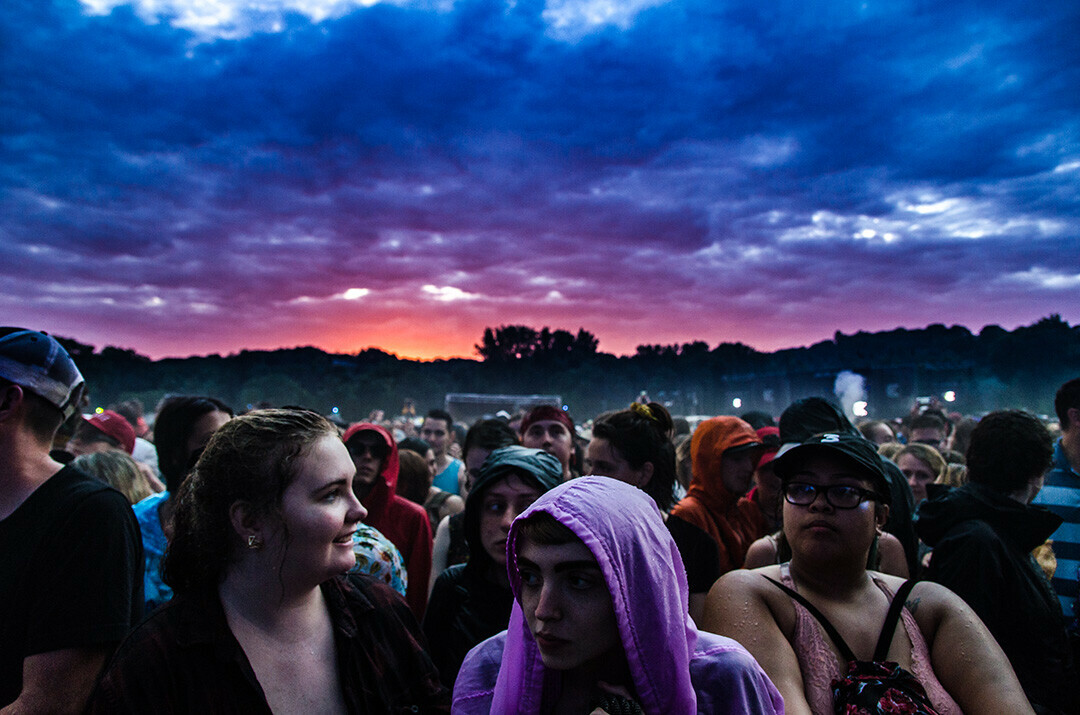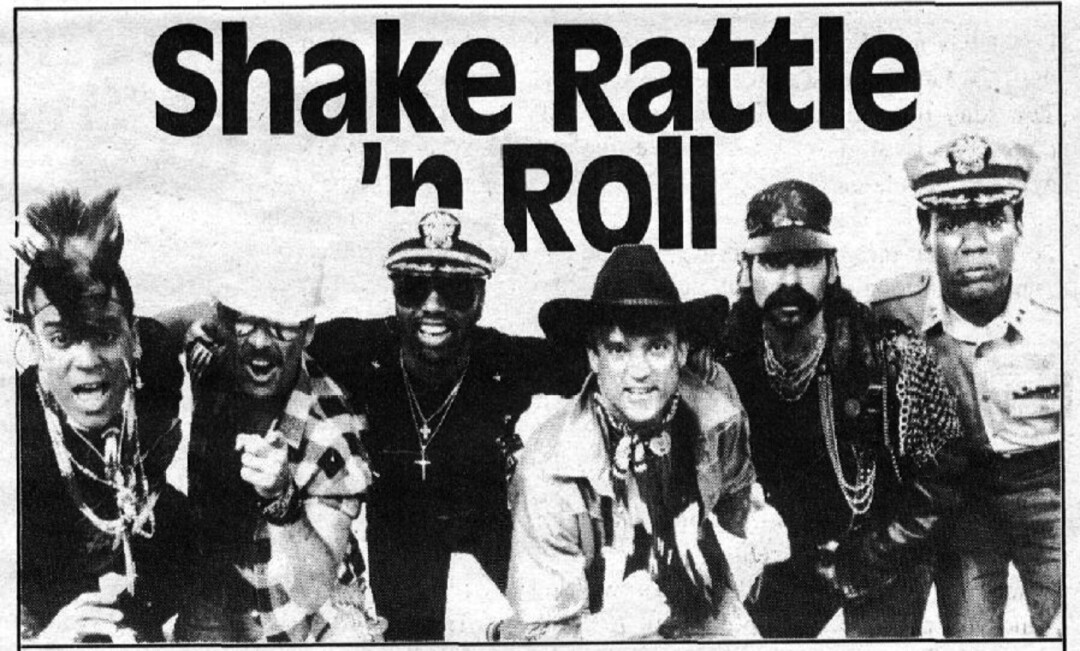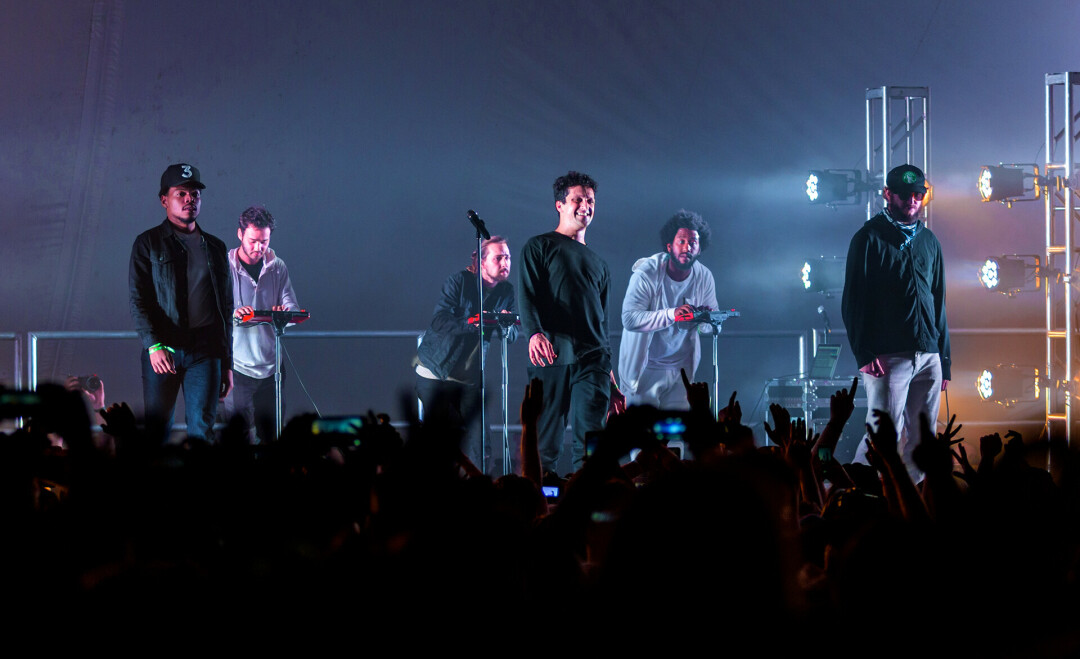Five Former Music Fests That Made the Valley’s Ears Ring
summertime gatherings that live on only in musical memories

Over the past few decades, the Chippewa Valley has been recognized as a hotbed of summer music festivals, with longtime favorites like County Jam, County Fest, and Rock Fest, as well as more recent arrivals such as Blue Ox, OneFest, and Reverb. However, a few festivals that once made a splash with music fans now live on only in their memories. Here are five of them:
1. SHAKE, RATTLE & ROLL
The grandfather of the contemporary lineup of local fests was Shake, Rattle, & Roll, an oldies-themed shindig first held in the parking lot of Fanny Hill Dinner Theater in 1987 (which later moved to the festival grounds nearby that became the longtime home of Country Jam). Over the next seven years, it featured a host of nostalgia-inducing 1950s through ’70s acts like Jan and Dean, The Shirelles, Chubby Checker, the Village People, and Chicago. In 1990, the success of Shake, Rattle & Roll inspired some of its founders to create Country Jam, which is still going strong 34 years later.

2. SUMMER JAM
Speaking of Country Jam, in the early 2000s its promoters tried their hand at a new fest featuring Top 40 rock and pop. Using Country Jam’s grounds in the Town of Union, Summer Jam made its debut as a one-day festival in July 2002 with headliners Nickelback, Ashanti, and Lifehouse, and returned in August 2003 with 3 Doors Down, Seether, and Trapt. Sadly for fans of early-aughts alt-rock, Summer Jam never returned.
3. EAUX CLAIRES
Perhaps the most widely remembered bygone fest was also the most ambitious: the Eaux Claires Music & Art Festival, which ran between 2015 and 2018 on the Country Jam grounds. The brainchild of Eau Claire native Justin Vernon (Bon Iver) and his friend Aaron Dessner (The National), the festival defied the restrictions of genre, platforming indie rock alongside hip-hop, gospel, R&B, folk, and more. With exhibitions of visual and literary art as well as experimental music, Eaux Claires was more of a creative project than a traditional music fest. It went on hiatus in 2019, and plans to return in 2020 were quashed by the pandemic.

4. NORTHWOODS BLUES FESTIVAL
Considering the ongoing popularity of the blues in the Valley – from the heyday of The Joynt and The Stones Throw to the longstanding Tuesday Night Blues series in Owen Park – it was no surprise that the Northwoods Blues Festival put down roots in Chippewa Falls in 2017 after four years in Spooner. First at the Northern Wisconsin State Fairgrounds and later in Riverfront Park, the fest featured national and regional performers like Bernard Allison, John Primer, and Howard “Guitar” Luedtke. Fans were left singing the blues – at least metaphorically – when the fest called it quits after 2022.
5. SAWDUST CITY DAYS BLUEGRASS FESTIVAL
Blue Ox Music Festival is celebrating 10 years of bluegrass, roots, and Americana in Eau Claire this summer, but it’s not the area’s first bluegrass festival. If our sleuthing is correct, that honor belongs to the Sawdust City Bluegrass Festival, which first popped up in 1976 as part of the now-defunct Sawdust City Days (which also included a parade, a carnival, and much more). From a banjo and fiddle-picking contest that first year, the festival expanded to feature regional and local folk and bluegrass acts each summer through the early 1990s, including the likes of Billy Krause and Randy Sabien. Over the years, the musical component of Sawdust City Days began to encompass classic rockers like Three Dog Night and local bands like Aircraft, and eventually the bluegrass component – and Sawdust City Days itself – died out in the mid-’90s.


















